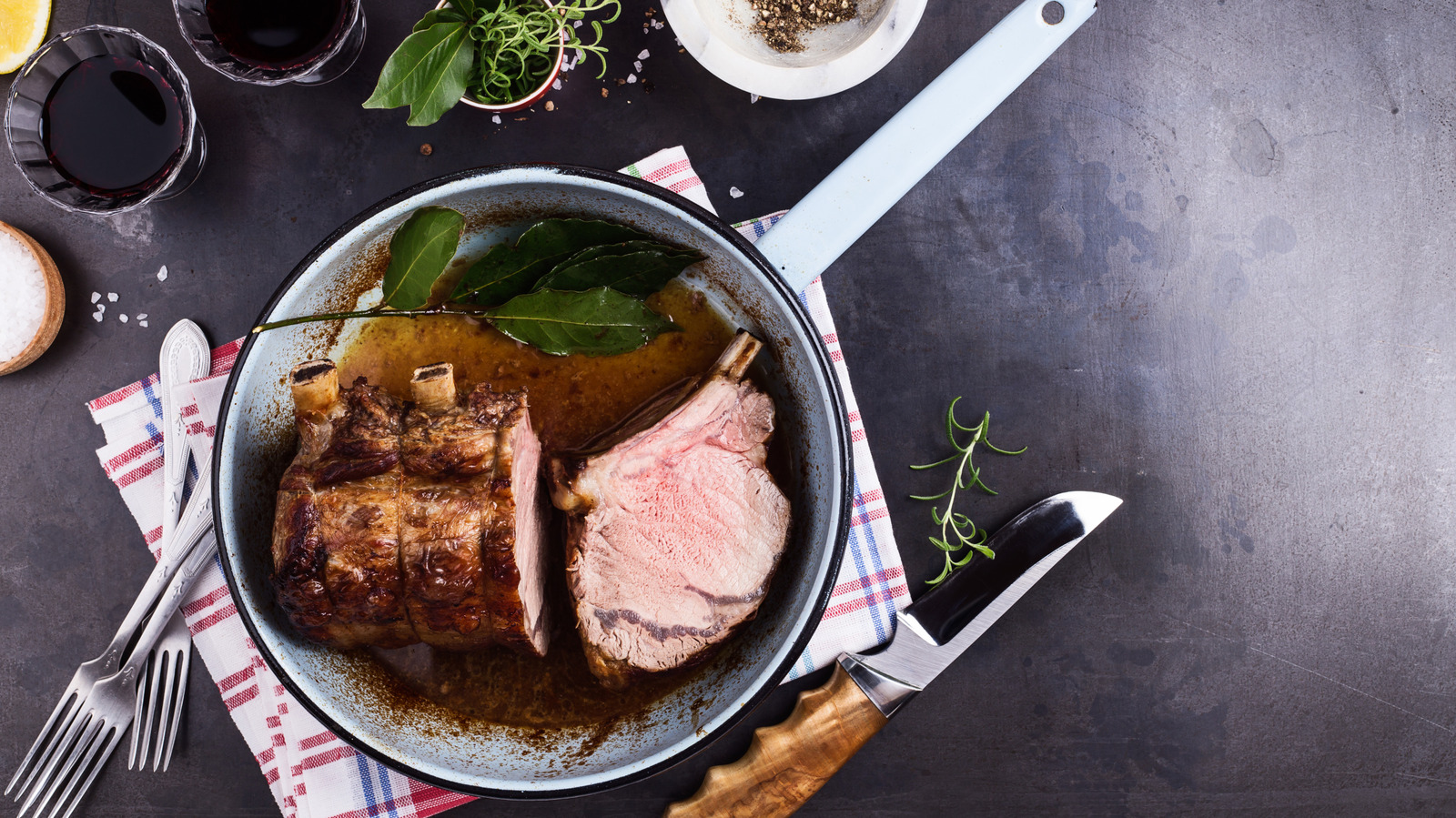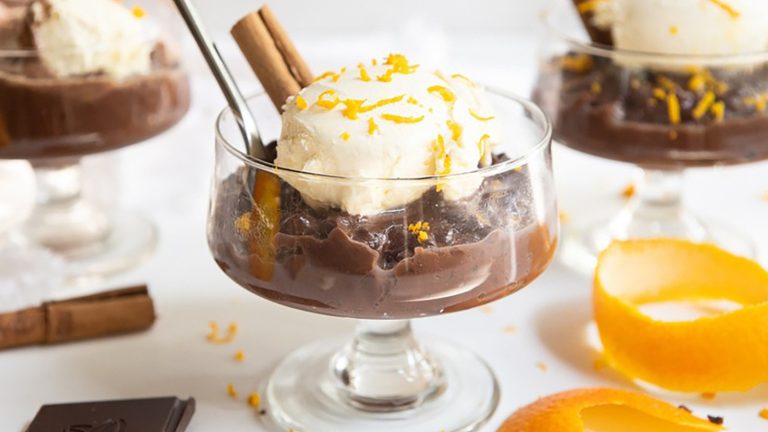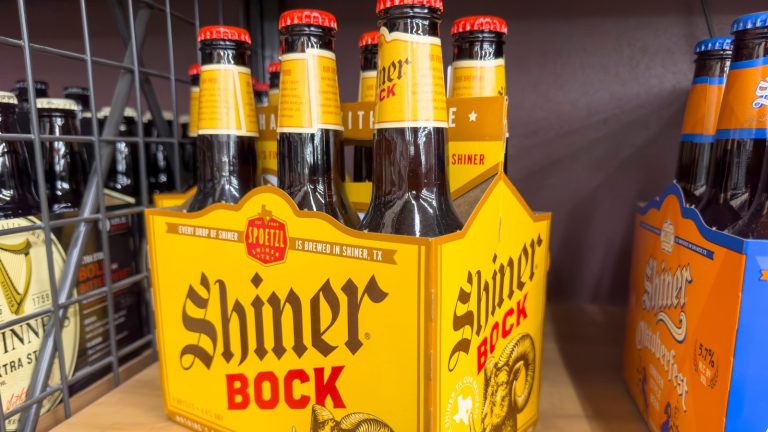With its tender mouthfeel and deep flavor, prime rib is always an instant crowd pleaser. Though the cut is easily divided up for each person, cooking it to achieve a uniform finish is the goal. If you do have one guest who insists on well-done prime rib, knowing one key serving tip will keep everyone happy.
There are plenty of mistakes to avoid when cooking prime rib, and heating it to the point of being well done is one that most people agree on. Prime rib’s juicy texture is most apparent when it’s medium rare, but guests with a personal preference for well-done meat should still be able to enjoy the meal. Chef Pierre Albaladejo, Executive Chef at Park Hyatt Aviara, has a method for pleasing your picky diner without sabotaging the rest of the cut. “The end cuts are always more well-done and will satisfy someone who prefers a well-done prime rib,” he says.
The ends of prime rib tend to be thinner than the rest of the meat, so it’ll cook faster than the center pieces. Using a meat thermometer ensures each part of the meat is tailored to your guests’ liking. The center should be 115 to 120 degrees Fahrenheit when you remove the roast, while the end cuts should be 140 degrees Fahrenheit. Thanks to a phenomenon known as carryover cooking, your beef will continue to cook while it rests, so it’ll reach the desired temperature.
Keep well-done prime rib tender with these methods
Although prime rib can develop an unappealing dryness when well done, there are ways to prevent that when cooking the whole cut. “Using the second cut and cooking it nice and slow will result in a moist roast, even if cooked well done,” Albaladejo says. Prime rib’s second cut, or the one closer to the chuck, contains more fat than the first cut. While it is a little tougher than its counterpart, heating it for an extended period will bring out the cut’s fattiness, ensuring the prime rib turns juicy.
When making a well-done slow-roasted rib roast, cook it at a minimum of 325 degrees Fahrenheit for around four hours. Based on its weight, you can increase the cooking temperature by 15 degrees Fahrenheit per pound. Remember to pull the rib out once the center’s internal temperature reaches 140 degrees Fahrenheit to ensure it’s not overcooked.
Albaladejo also suggests sprucing the roast up with a few extra ingredients so it doesn’t dry out. “At the midpoint of the cooking cycle,” he explains, “adding moisture to the pan with a mirepoix (onions, carrots, celery) will add even more moisture to the roast and give you great flavor for your gravy or au jus.” Placing mirepoix under the roast keeps the bottom from overheating while also contributing to the meat drippings. With mirepoix heated in butter prior to being added to the roast, it’ll give a silkier finish to the au jus and prime rib.






